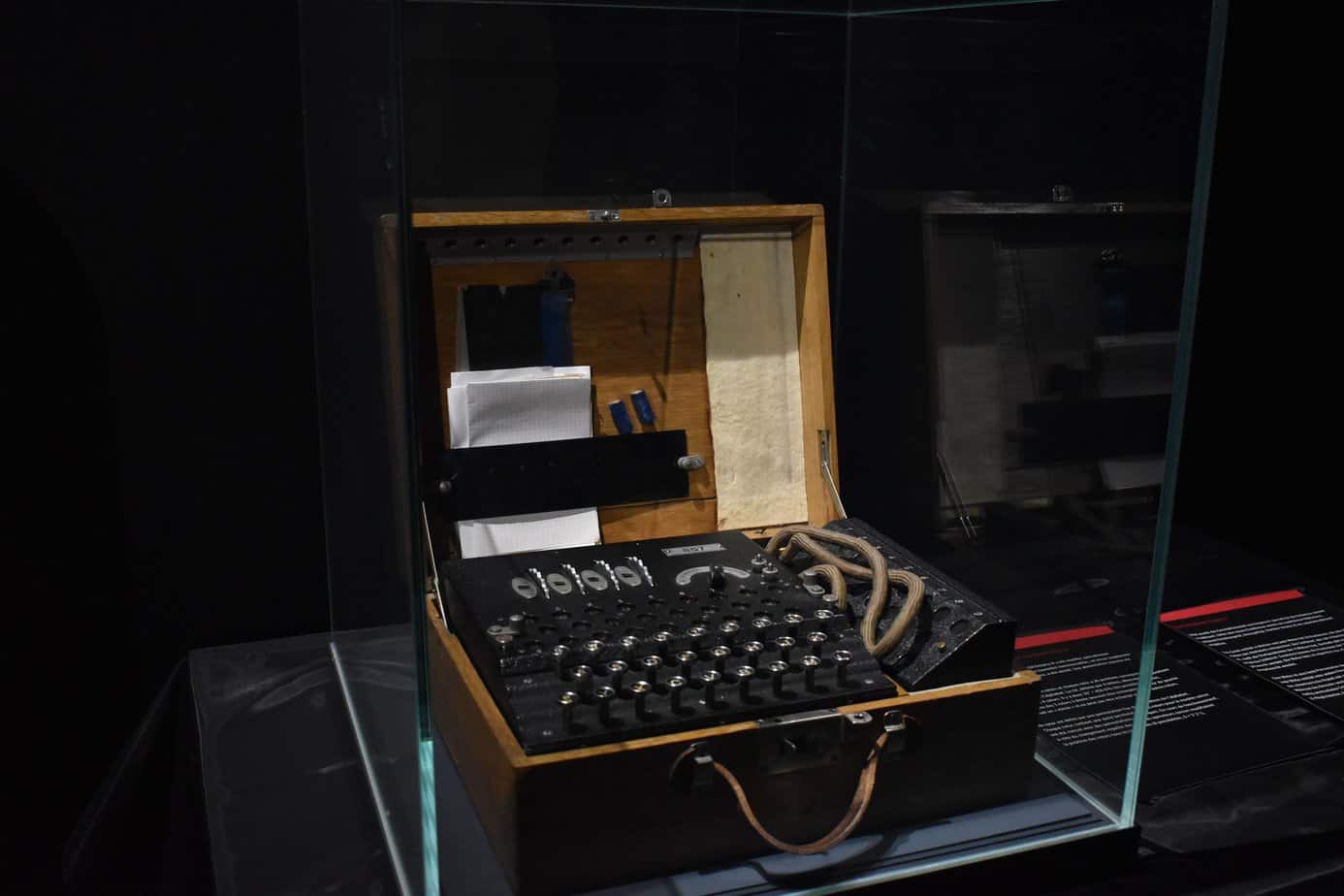
Already before the outbreak of WWII many countries tried to break the Enigma mechanism and the first achievements in this field belong to Polish mathematicians. Who were the scientists who worked out the German cipher machine?
The Enigma code was invented by the German cryptologist Arthur Scherbius in 1918 and has been used in the Weimar Republic since the mid-1920s – at first experimentally, and since 1930 more and more often. Germany’s neighbors, especially France, Poland and Great Britain, were suspicious of it, especially when the Nazis came to power in Germany in 1933. As part of the rearmament of the Wehrmacht, Scherbius cipher machines began to be used for encryption in the German military.
The French and English were unable to break Enigma and considered it impossible. Meanwhile, 27-year-old Marian Rejewski, employed at the Cipher Bureau of the General Staff of the Polish Army, broke the cipher as early as 1932. When in the summer of 1939 it was almost obvious that any moment Poland would fall, all the works of Polish scientists were handed over to the representatives of French and British intelligence. They undoubtedly contributed to the breaking of the Enigma and, as a result, shortening the duration of World War II by at least 2 years.
The first successes in cracking the ciphers of the German cipher machine were achieved by students of the Poznań University, mathematicians Marian Rejewski, Jerzy Różycki and Henryk Zygalski employed in the Cipher Bureau of the General Staff. It was possible thanks to an agent of the French intelligence service, Hans Schmidt. Asché, as his alias was, worked at the German Cipher Bureau and had access to the invalid Enigma I codes. French intelligence was skeptical about Schmidt’s gains and did not even bother to break the German ciphers because it considered it a waste of time. The materials obtained by the French were handed over to Poland. From then on, it was Polish cryptanalysts who had access to the cipher key.
Thanks to daily keys and code books, Polish cryptanalysts were able to reconstruct the rotor system and even the military model of Enigma itself. After analyzing the daily keys, the scholars found certain regularities in the cipher tables they had constructed. The information provided by Asché about the original settings in Enigma I helped to calculate the number of combinations – there were a little over a hundred thousand of them. Thanks to the codebooks Marian Rejewski compiled a catalog of all possible Enigma configurations.
In 1938 the Germans changed the encryption procedure which forced the Poles to look for new solutions. As a result, three young men designed the so-called cryptologic bomb – a device designed to automatically break a German cipher.
On the basis of works by Rejewski, Różycki and Zygalski, the British started to develop new methods of cracking Enigma codes.
The British headquarters of the cryptologists was located in the Bletchley Park estate situated about 80 km from London. The team consisted of chess players, linguists and mathematicians, among whom a young professor from Cambridge – Alan Turing – stood out. As one of the main theorists, he ruled out a significant number of Enigma drum combinations along with their starting positions. Together with Harold Keen, he developed a new cryptologic bomb, with the help of which it was possible to bring the rate of cryptanalysis of German ciphers to several thousand messages per day. The German high command did not suspect the Enigma had been “hacked” until the end of the war and did not change the encryption system until the end.
main photo: unsplash.com/Mauro Sbicego